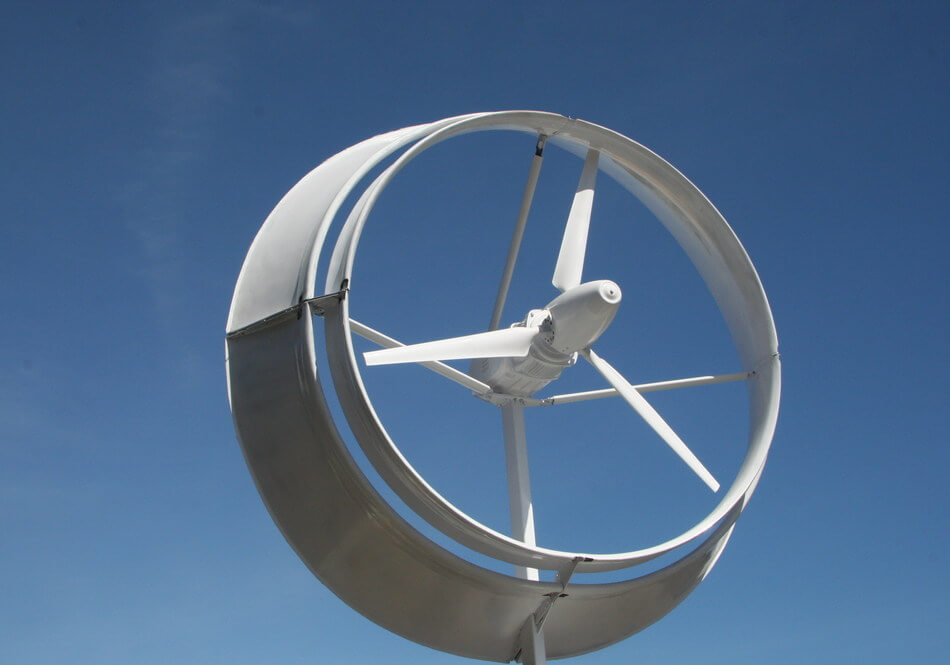Halo Energy, LLC, a micro wind turbine manufacturer, is now in production of its innovative, high-efficiency shrouded wind turbines, with their first 10 commercial units scheduled for delivery in Q2 2019. The HALO-6.0 turbine, designed to address the energy requirements of the expanding off-grid telecom tower market worldwide, has a rated capacity of 6 kW and is among the most efficient micro wind solutions in production.

The HALO-6.0 wind turbine is designed to address the energy requirements of the expanding off-grid telecom tower market worldwide. The HALO-6.0 can generate twice as much energy as any similar-sized conventional, open-bladed wind turbine, while reducing diesel-fuel consumption and providing reliable, low-cost renewable electricity.
“The HALO-6.0 can generate twice as much energy as any similar-sized conventional, open-bladed wind turbine, while reducing diesel-fuel consumption and providing reliable, low-cost renewable electricity,” said Halo Energy co-founder and CEO Vincent Loccisano.
The first commercial unit will be delivered to an Alaskan telecommunications company, whose growing network of remote cell towers and desire to eliminate dependency on diesel generators align perfectly with the Halo Energy turbine.
Turbine performance has been validated using data collected in 2018 from Halo Energy’s test wind turbine in Massachusetts.
“From an efficiency perspective, our innovative shroud design outperforms anything we’ve seen on the market,” said Loccisano. “The size, weight, and price make this an ideal solution for the telecom industry, particularly given the ease of installation and ability to mount directly onto existing cell towers.”
Derived from jet engine technology, Halo Energy’s proprietary design uses two closely-coupled, convex shrouds that encircle the turbine blades. The turbine acts as a passive pump, pulling air over the blades.
Features of the HALO-6.0 wind turbine:
- 3.7-meter (12-foot) shroud diameter
- 6 kW rated capacity
- mounts directly to telecommunications towers – no cranes, no additional leased lands, no geotechnical studies, no separate towers or foundations
- tower loading is similar to that of a 1.5-meter microwave antenna
- fewer turbine components increases turbine reliability, serviceability and lifespan
- contains only two moving parts
- blade pitch (angle) is fixed; turbine passively aligns itself into the prevailing wind without the need for complex subsystems
- manufactured from fiberglass and galvanized steel, both readily available
- designed to integrate seamlessly with solar energy and battery storage solutions
Halo Energy is in discussions with hybrid energy providers in Australia, Canada, Africa, India, and Southeast Asia who bundle solar energy, wind energy and battery storage for their telecommunications customers.
Filed Under: Community wind, News, Projects





Have you considered the possibility of using these shrouded microturbines at the end of trucks to use the partial vacuum created by the moving truck to generate power to charge the batteries of electric drives? If this works you can also consider two similar units of half the size in front. This may increase the distance traveled on a single full charge by 30 to 50%.
can you provide cut sheets for this product. I am an engineer in New York City and looking for alternative ways to obtain power for a project to make it a NET Zero facility. These appear to be a possibility. can they be mounted on light poles or something similar
thanks for your help